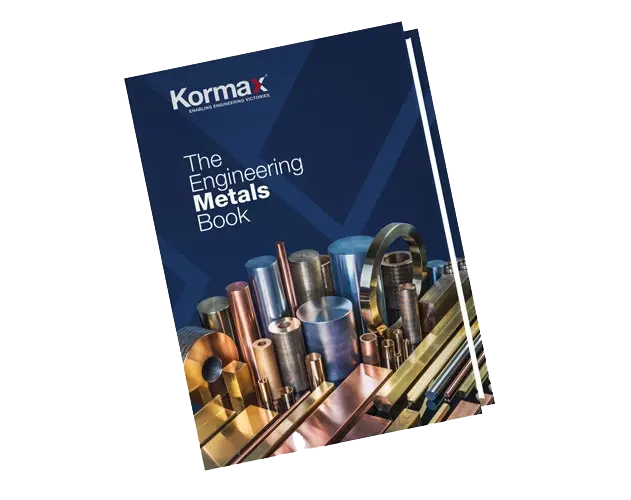Why Engineers Use Titanium in Marine Settings
Marine environments present some of the most challenging conditions engineers have to contend with. Atmospheric humidity, low temperatures, and high levels of dissolved salt in seawater, pollution, are just some of the factors that can lead to corrosion. Choosing the right material is crucial to the functionality and longevity of any piece of equipment used in marine or offshore settings. High strength, excellent corrosion resistance, and anti-microbial adhesion are some of the properties that help products endure under such harsh conditions, and it is these qualities that have made titanium the material of choice for marine engineers around the world.
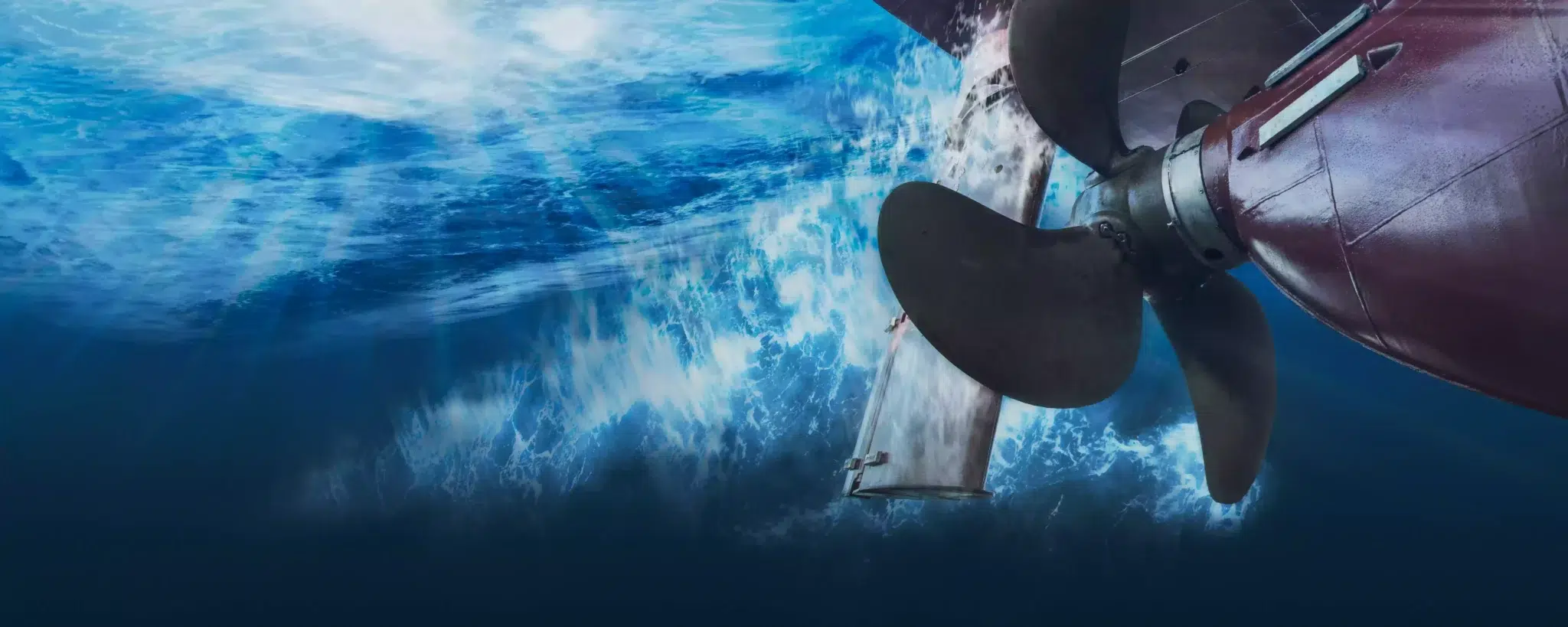
What is Titanium?
Titanium is a transition metal renowned for its high strength, low density, and excellent corrosion resistance. It occurs naturally in mineral deposits and is often alloyed with other metals, such as iron, aluminium, and vanadium, to create light-weight alloys for a variety of applications and industries. As well as being the first choice of marine engineers, titanium alloys are often used in aerospace and military engineering, the automotive and agriculture industries, and for the manufacture of prostheses and dental implants.
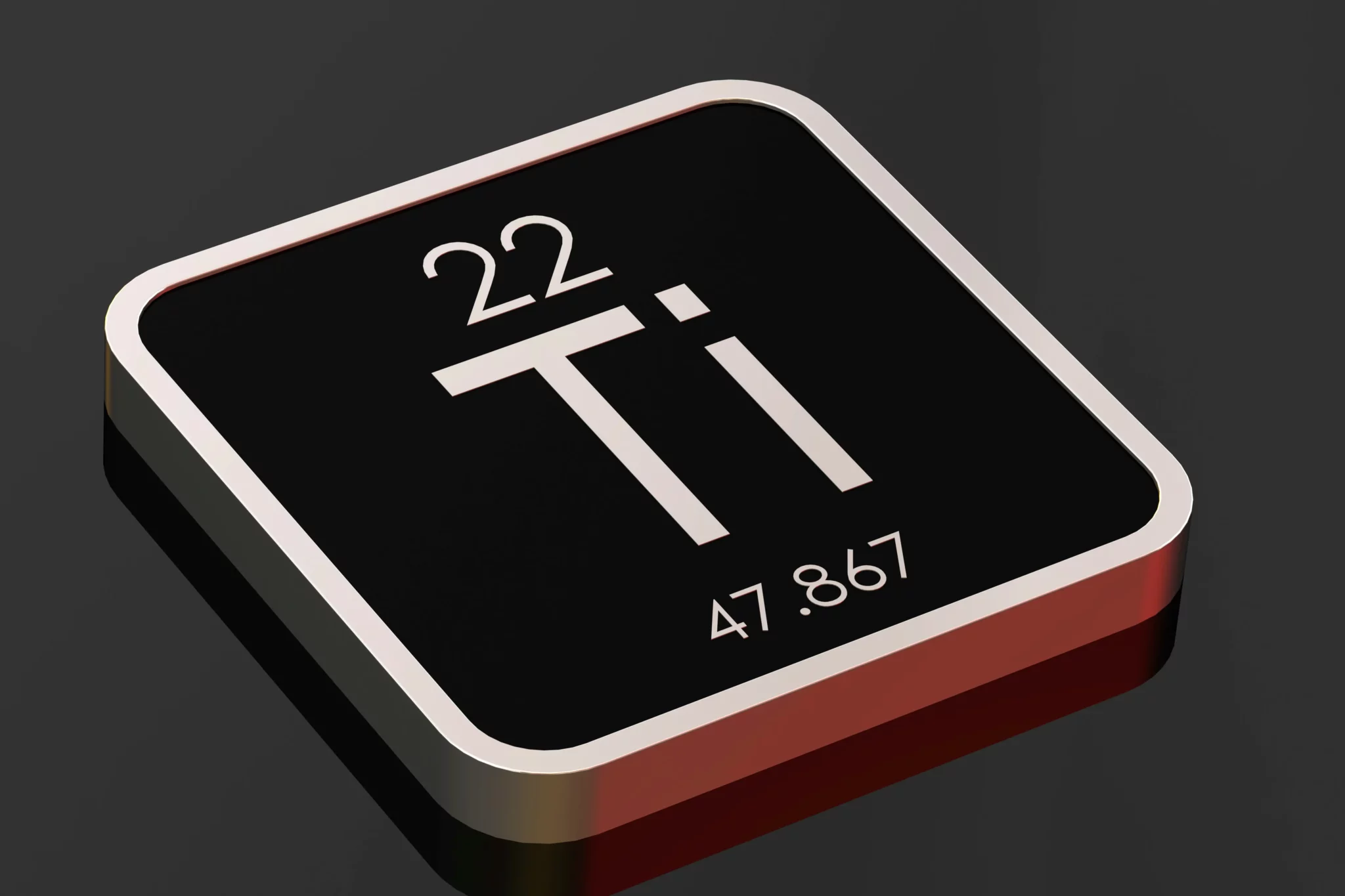
Why Titanium Is Ideal for Marine Engineering?
The unparalleled performance of titanium in marine settings has led engineers to refer to it as “ocean metal”. While other metals such as steel and copper are prone to pitting, crevice corrosion, and microbiologically influenced corrosion, titanium is unique in its resistance to the corroding effects of saltwater and the marine atmospheric environment.
Titanium’s other great advantage is its high strength-to-weight ratio, an invaluable property in marine and offshore engineering. It is roughly equal to steel for tensile strength but 45% lighter (i). Compared to aluminium, it is 60% heavier but twice as strong (ii).
From an economic standpoint, titanium is relatively affordable when compared with many steel or nickel alloys. Beyond the initial investment, the durability of titanium also offers long-term savings as a result of its longer service life and reduced need for maintenance and repair.

Kormax Titanium 5
In 2021, Kormax added Titanium Grade 5 to its materials catalogue. Combining titanium with 6% aluminium and 4% vanadium, Titanium Grade 5 is one of the most widely used titanium alloys in the world today. Stronger than pure titanium but with the same rigidity and outstanding corrosion resistance, Titanium Grade 5 can withstand temperatures of up to 400°C and maintains good creep resistance in temperatures of up to 300°C. It also has good weldability and excellent machining qualities, making it a popular metal for manufacturing applications. It is highly resistant to cracking and fatigue and has excellent tensile properties at room temperature.
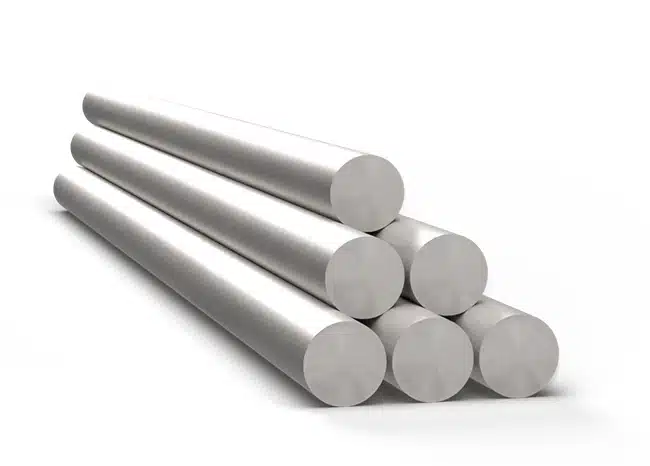
Common Marine Applications
Titanium is used for an ever-expanding variety of marine and offshore settings, especially where weight and corrosion present potential problems. Some of its uses include nuclear submarines, deep submersibles, atomic energy icebreakers, seawater pipelines, minesweepers, hydrofoil ships, to name a few (iii). Below are some notable examples of Titanium’s use in marine engineering.
-
- Submarines
Russian Typhoon-class submarines use an outer shell made of 9000t of titanium. One important benefit of titanium for submarine builders is that it is non-magnetic, making it easier for their vessels to avoid detection by other ships. The metal’s low density allows the submarines to deep-dive and achieve high speeds with low noise, while the exceptional corrosion resistance means they require less maintenance (iv).
- Submarines
-
- Hydrofoil Ships
Titanium was first used by engineers in the United States and China to build propellers for hydrofoil speed boats in 1972. It has since been used for hardware and fittings, including rudders, bearings, nuts, and masts. Carbon fibre and titanium are said to be the favoured materials of boating engineers to reduce the weight and cost of their vessels while also adding strength to hulls, airframes, and other components in the latest America’s Cup boats (v).
- Hydrofoil Ships
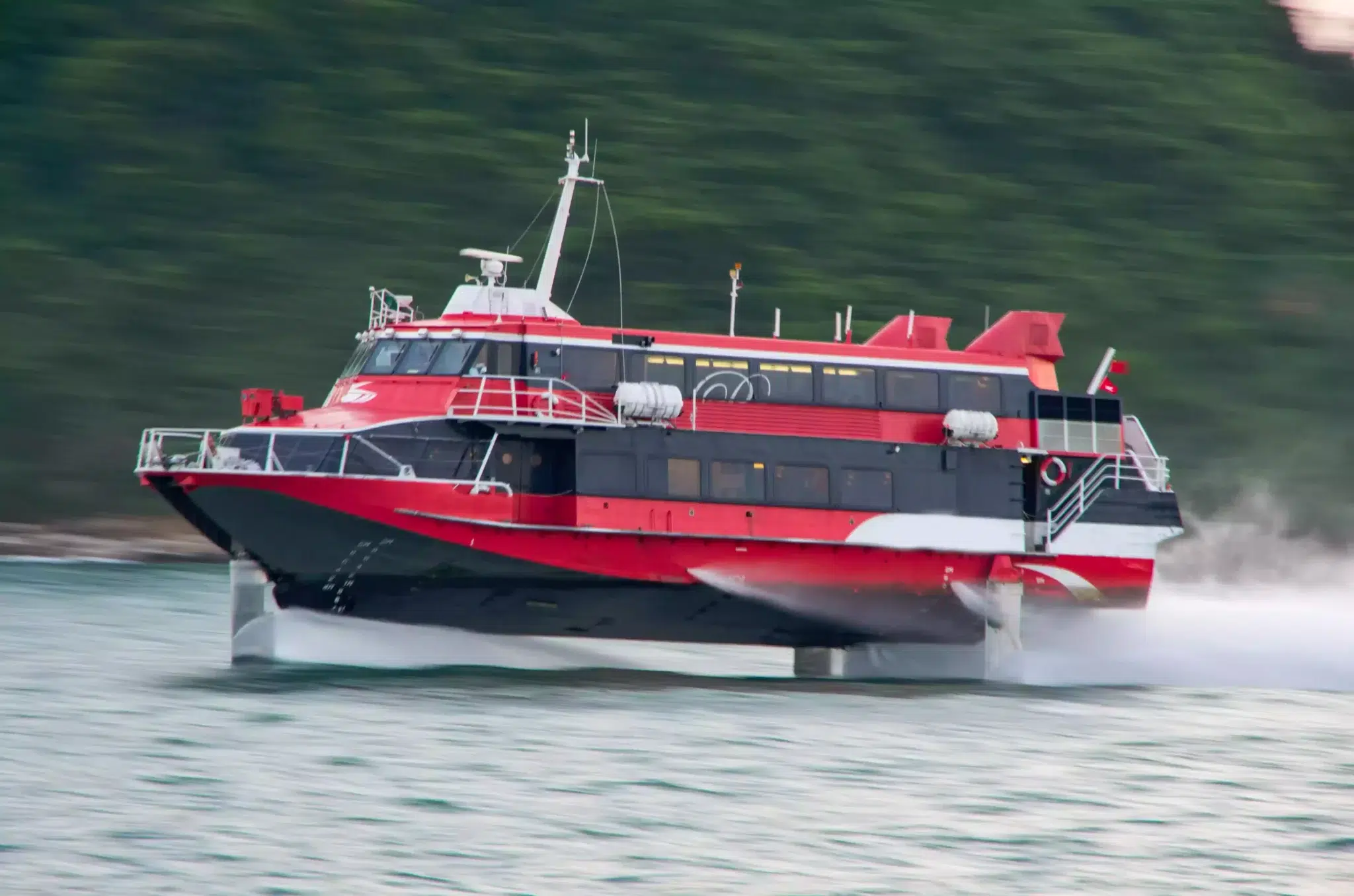
-
- Power Station Condensers
Nuclear and coastal power plants use condensers to cool exhaust steam from turbines to below boiling point in order to convert them back into water. The traditional steel and copper alloys used in these condensers are susceptible to pitting corrosion, stress, and fatigue from saltwater, resulting in a shortened service life. Engineers began turning to titanium for its strength and corrosion resistance, and condensers made from titanium have been shown to have a longer service life as well as improved heat-exchange efficiency (vi). The stability of these converters translates to economic benefits resulting from the lower maintenance and repair costs and prevention of leakages.
- Power Station Condensers
-
- Offshore Drilling
The use of titanium in offshore drilling platforms has increased significantly in recent years, often as a composite in combination with steel. As with power station condensers, the toughness and corrosion resistance of titanium in marine environments results in longer service life for drill pipes, conical stress joints, and other parts that are subject to pitting when made from traditional materials (vii).
- Offshore Drilling
Ask Kormax About Our Titanium Products
As industry leaders in the manufacture and supply of engineering materials, Kormax has built a reputation for providing high-quality products and cutting-edge technology to industry professionals in NZ and beyond. To enquire about Titanium Grade 5or any of our other products, visit the contact section of our website. You can get in touch by phone 0800 789 987 or email us at sales@kormaxdesign.co.nz today.
References
- (2002), “Titanium for offshore and marine applications”, Anti-Corrosion Methods and Materials, Vol. 49 No. 4. https://doi.org/10.1108/acmm.2002.12849daf.001
- Burnett, Chris. “Wood at One-Fifth its Original Thickness Outperforms Steel and Titanium.” https://www.thermofisher.com/blog/metals/wood-at-one-fifth-its-original-thickness-outperforms-steel-and-titanium/
- “6 Major Uses of Titanium,” Advanced Refractory Metals, https://www.refractorymetal.org/uses-of-titanium/
- “Application of Titanium Alloys on Ships,” Advanced Refractory Metals, https://www.refractorymetal.org/application-of-titanium-alloys-on-ships/
- Bentley, Alden, ”The Trickle-Down Technology of the America’s Cup,” Reuters, 2013. https://www.reuters.com/article/us-sailing-americascup-innovation-idUSBRE98G0O420130917
- “Application of Titanium on Ships,” Western Alloys, https://www.tantalum-niobium.com/blog/blog-list265.html
- “Titanium Used in Marine Engineering,” Standford Advanced Metals, https://www.samaterials.com/content/the-ocean-metal-titanium.html

